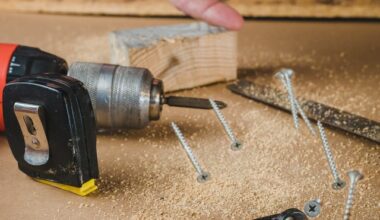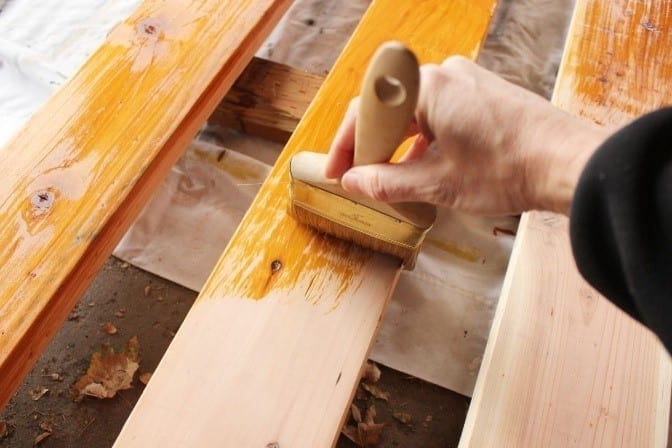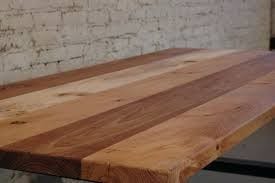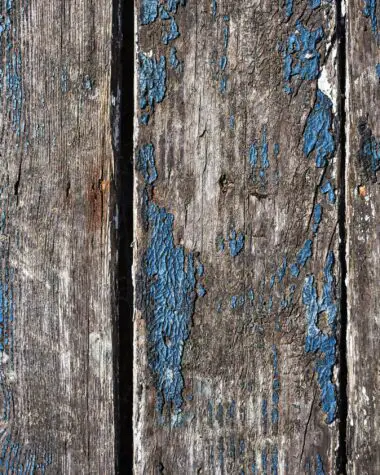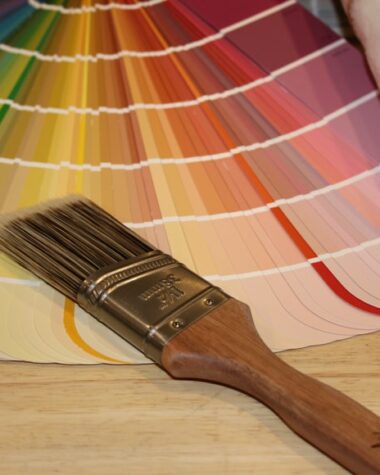First things first! Are wooden cups appropriate for drinking? The answer is yes! And they are washable too.
Wooden drinking cups have existed since time unknown. Starting from the Asian royalty to the nomadic races in the Arctic areas like the Sami people of Lapland, wooden cups have been used in different regions of the world. Some used them for medicinal reasons, some for their durability and eco-friendly characteristics. Kuksa cups are classic examples of hand-carved wooden drinking cups made by indigenous people of Northern Europe.
However, in the modern era with easy access to materials like glass and metal that are convenient to manufacture and maintain, wooden cups have taken a back seat. Are you someone who cares about the environment and wants to mitigate the harmful effects of plastic or other factory-made materials? A wooden hand-carved cup may be the right choice for you. But, only carving out a cup does not solve the purpose. If you don’t know how to seal a wooden cup for drinking, it may leak and be unsuitable for the purpose.
Some people avoid using wooden cups as they worry about how wood can change the flavor of tea, coffee, or other beverages. It entirely depends on the type of wood used for making the cup. Another thing that people often wonder is, how pouring liquid into a wooden cup can change its color. Plus wooden cups are best not to be used for hot drinks, and they cannot be heated in a microwave or an oven.
However, if you are convinced about using a wooden cup and want to know how to seal a wooden cup for drinking, there are various sealants you can use to do this job. Remember, your wooden cups will be used for drinking so you need natural, non-toxic, edible waxes or oils.
Ideal Sealants for Wooden Cups

Beeswax
Beeswax is a natural sealant that also gives the wood a warm glow. A beeswax finish is a combination of natural wax made by honey bees and oils like coconut oil, olive oil, walnut oil, etc. The color of the polish will depend on the oil that’s used with the wax. Coconut oil gives a lighter color finish whereas olive oil gives it a greenish color.
Beeswax is simple to apply and just needs to be applied on the surface with a clean rag. This finish has a pleasant smell too. It will give the wooden cup a watertight finish and will be ready for regular use.
Mineral Oil
Clear mineral oil is a good non-toxic sealant as it does not alter the color of the wood and just creates an invisible protective layer. The oil will be soaked by the wood fibers and give added protection to the mug or cup. That’s a difference between the two, wax coating will build upon the surface whereas oils will seep in deep. You can find mineral oil easily in pharmacies. Simply brush the oil on the cup and remove the excess by wiping it with an absorbent cloth. Allow it to dry before using it.

Linseed Oil
Linseed oil is another natural option for sealing a wooden cup. The drawback of linseed oil is, it takes a while to dry. Use raw linseed oil for this purpose as boiled linseed oil may contain chemicals that should not be ingested. Brush linseed oil on your wooden cup and remove the excess. Let it dry for around three days before using it.
Linseed oil adds beautiful shine and a yellowish tint to wooden surfaces and provides long-lasting protection. Apply multiple coats of the clear-drying oil for a lasting finish, giving enough time for drying between each coat. That will also make it waterproof and give an enhanced look to the wood. Additionally, several coats of linseed oil will prevent the wooden cup from absorbing any other flavors from the beverages that you put in your cup. This oil is flammable. While working with this oil, avoid lighting fires near it.

Tung Oil
Tung oil is obtained from a nut tree that’s native to Asia. It is a clear oil and a good choice for finishing wood. It does not affect the color of wood significantly. Similar to linseed oil, tung oil penetrates deep into the wood fibers and provides long-lasting protection to the wood. Since it does not form a coating or a film on the surface, it will not add any undesired taste to your drink. Tung oil is a popular wood finish used by woodworkers in China, Japan, and Taiwan.

Walnut Oil
Always use pure walnut oil to seal a wooden cup. Treated walnut oil finishes may contain toxic chemicals that may be harmful to health. This natural oil gives the wood a darker finish. Apply walnut oil on the cup, rub off the excess and let it dry. If needed you can apply this oil anytime on your wooden cup for added protection. Walnut oil is often chosen over linseed oil as it does not have the pungent smell as linseed oil. Walnut oil may be an expensive wood finish to choose from. If you do not mind the price, this is one of the best sealants to use on your wooden cup.
How to seal a wooden cup for drinking – Step by step method
Step-1

Oils/wax should always be applied to a dry wooden cup. Wipe the cup clean.
Step-2

Apply a coat of beeswax or food-grade oil of your choice on the outside of the cup.
Step-3

Apply a coat of the same sealant on the inside of the cup to make it waterproof.
Step-4

Allow the oil or wax to dry. Depending on the oil you use, it may take a couple of days or more. Be patient!
Step-5

For long-lasting protection, repeat the process two or three times till there is an even layer of wax/oil on the inside and the outside of your wooden cup.
Step-6

Your cup is ready for pouring drinks! Enjoy your newly finished wooden cup.
Knowing the right materials to choose and how to seal a wooden cup for drinking makes it easy to finish your cup, make it waterproof and ideal for regular use.


